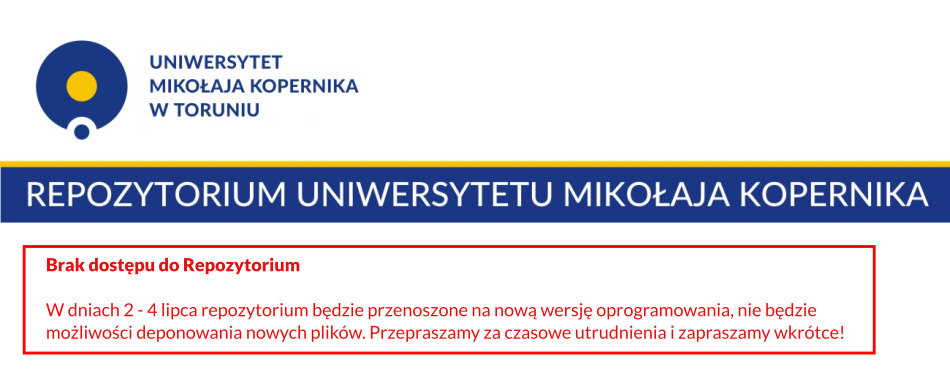| dc.contributor.author |
Duch, Włodzisław |
| dc.contributor.author |
Szymański, Julian |
| dc.date.accessioned |
2012-12-14T08:53:04Z |
| dc.date.available |
2012-12-14T08:53:04Z |
| dc.date.issued |
2012 |
| dc.identifier.citation |
Neural Information Processing : 19th International Conference, ICONIP 2012, Doha, Qatar, November 12-15, 2012, Proceedings, Part IV, pp. 180-187 |
| dc.identifier.isbn |
978-3-642-34477-0 |
| dc.identifier.uri |
http://repozytorium.umk.pl/handle/item/219 |
| dc.description.abstract |
An approach to the word sense disambiguation (WSD) relaying on
the WordNet synsets is proposed. The method uses semantically tagged glosses
to perform a process similar to the spreading activation in semantic network,
creating ranking of the most probable meanings for word annotation. Preliminary
evaluation shows quite promising results. Comparison with the state-of-theart
WSD methods indicates that the use of WordNet relations and semantically
tagged glosses should enhance accuracy of word disambiguation methods. |
| dc.language.iso |
eng |
| dc.publisher |
Springer |
| dc.relation.ispartofseries |
Lecture Notes in Computer Science;7666 |
| dc.rights |
info:eu-repo/semantics/openAccess |
| dc.subject |
Word Sense Disambiguation |
| dc.subject |
WSD |
| dc.subject |
WordNet |
| dc.subject |
Wikipedia |
| dc.subject |
NLP |
| dc.title |
Annotating Words Using WordNet Semantic Glosses |
| dc.type |
info:eu-repo/semantics/article |

